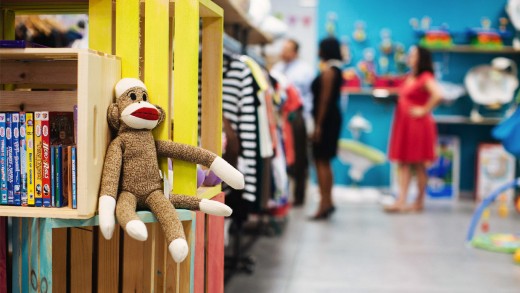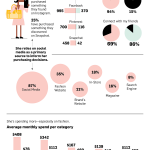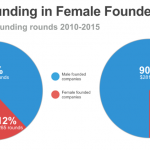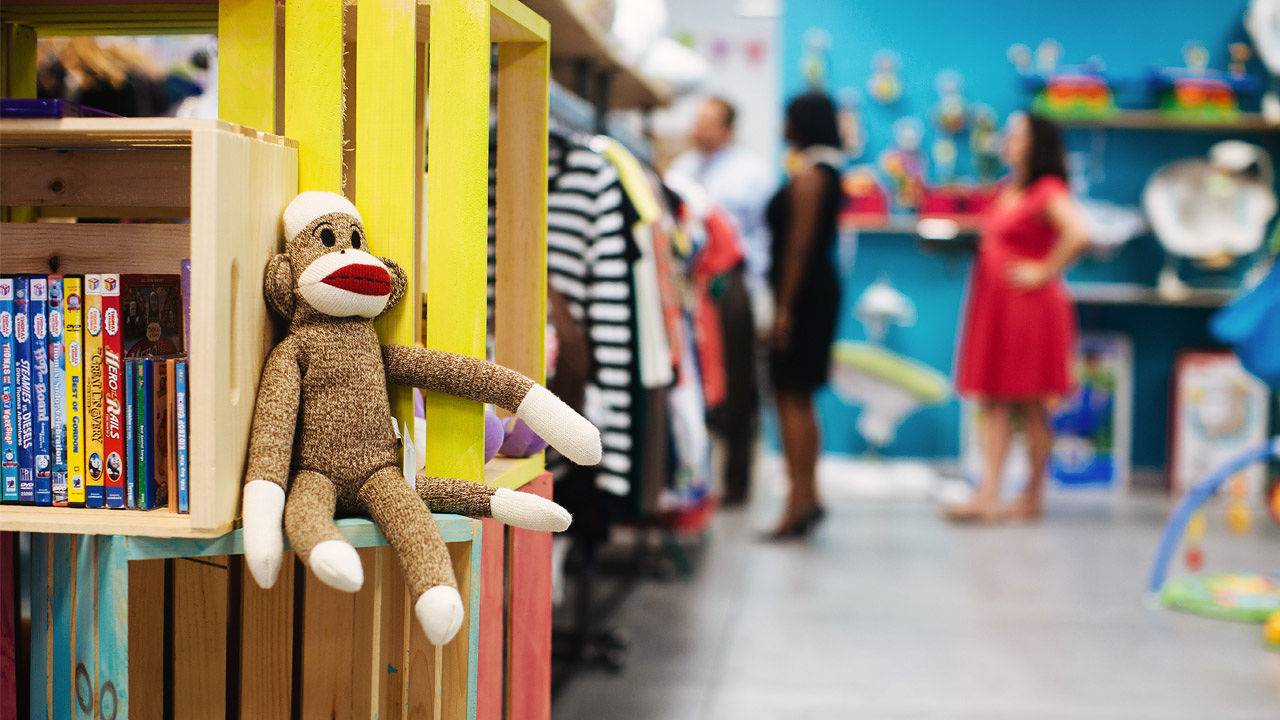girls-Owned businesses aren’t Getting executive Contracts
A new document from the U.S. division of Commerce discovered that women-owned businesses have a 21% less probability of profitable a federal contract than in any other case identical corporations. This regardless of a multi-yr initiative of the Small trade Administration (SBA) that has failed to fulfill its purpose to lend a hand ladies-owned companies win no less than 5% of federal contract dollars.
The closest it came to assembly that intention used to be in 2014, when it reached 4.7%, up from three.2% in 2005, and earlier than the SBA carried out the ladies Owned Small industry (WOSB) Federal Contract software, which went into effect on February 4, 2011, according to the document.
ladies-owned companies are these with as a minimum fifty one% feminine possession, and they are an incredible part of our financial system. contemporary prognosis from the nationwide girls’s business Council based on census knowledge presentations that women-owned corporations currently make up 36.2% of all non-farm businesses, generating $1.6 trillion in whole receipts (the whole thing the firm takes in fee). That’s up from 29.6% in 2007.
but they nonetheless lag at the back of companies owned by way of men. A 2014 Senate Committee report on small industry and entrepreneurship discovered that there are significant barriers to women’s entrepreneurship. along with not winning government contracts, ladies don’t have honest get admission to to capital. only four% of the total buck value of all small industry loans goes to girls entrepreneurs.
The Federal Contract application used to be designed to offer women-owned corporations a greater shot at getting govt contracts, by using making them eligible for no-bid contracts—in contrast to those who required bidding, where they can be priced out by means of centered companies with extra tools. This measure has already been in position for minority-owned firms and those which have been detailed as economically disadvantaged. The 2014 regulation was designed to no longer only help women-owned businesses win tasks, but additionally gain expertise needed to be moderately considered to gain different contracts.
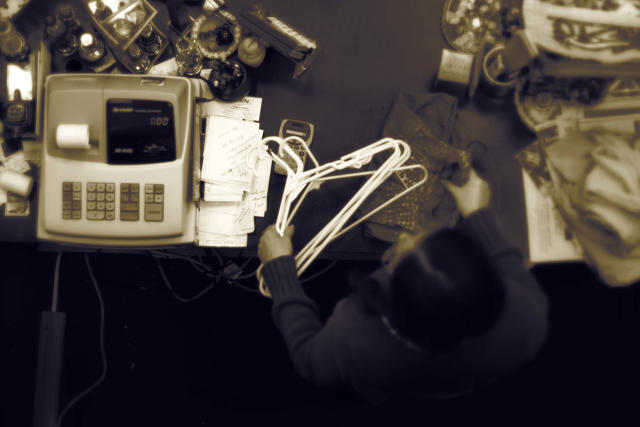
one of the vital traits the Commerce division’s economists uncovered with the aid of analyzing greater than 600,000 firms in over 300 business classes was that those corporations profitable the contracts tended to be older and bigger.
The record indicated that ladies-owned businesses are smaller than others and haven’t been established for as lengthy, in comparison with other, similar companies. indeed, many ladies-owned companies are sole proprietorships and have average revenues beneath $200,000, according to knowledge compiled from the census and the SBA, as analyzed via Nerdwallet. and those revenue numbers were taking from corporations in metro areas the place the trade climate, local financial health, and financing opportunities were especially favorable to female entrepreneurs.
general, though, the economists noted: “Even when controlling for firm characteristics, including firm measurement and age, girls-owned businesses are less more likely to win contracts than in any other case an identical companies not owned through girls.”
Margot Dorfman, CEO of the U.S. women’s Chamber of Commerce (USWCC), tells fast firm that whereas Congress has equipped the instruments important to help legitimately women-owned companies steady access to federal contracts, they’re nonetheless at a disadvantage. “sadly, the Small industry Administration isn’t thoroughly employing the instruments and verifying that firms securing contracts are ladies-owned and small,” she says.
a technique Dorfman says the USWCC is trying to equalize alternatives is with the aid of having secured the commitment of Congress to end self-certification of women-owned firms. getting rid of this “so much-abused” provision, she says, “brings higher assurance that firms securing contracts that are set aside for legitimately women-owned firms are, actually, women-owned.”
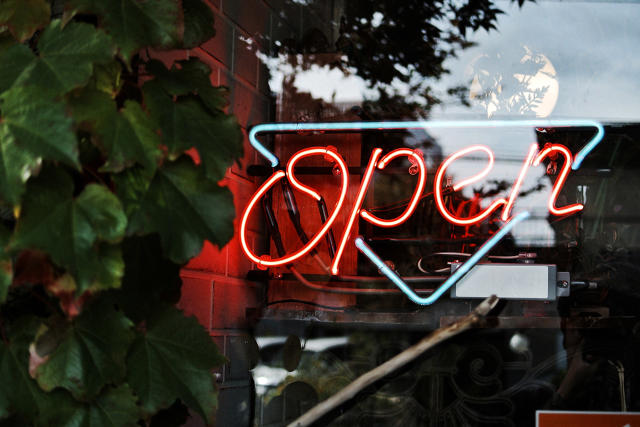
Dorfman says the USWCC just lately submitted a 19-web page document of regulatory comments to the SBA concerning the way it implements the congressional mandate to end self-certification.
The remark indicates that there hasn’t been reliable information to prove that a trade is 51% girls-owned, and challenges the 4.6% determine that the SBA claims is the selection of government contracts that have been awarded to actual girls-owned businesses. “We imagine the percentage awarded to women-owned small companies (WOSB) to be, at a minimal, 50% inflated,” the USWCC stated in its regulatory feedback.
That estimation was once taken from documented issues of federal knowledge and reporting on verification challenges inside the WOSB program, according to the observation. The USWCC offered a complete template for the verification process going forward.
Put simply, “Ending self-certification is the first step in guaranteeing actually women-owned firms are being awarded contracts,” Dorfman says. “it’ll relieve the contracting officer’s role as de facto certifiers, making it easier for them to make use of this system, for that reason boosting the chance of girls-owned companies in getting access to federal contracts.”
fast company , read Full Story
(15)

